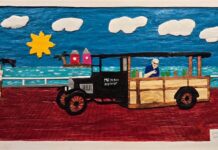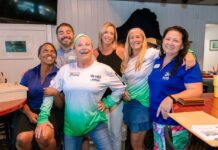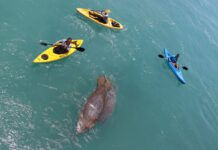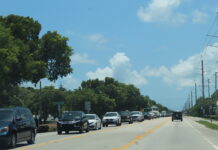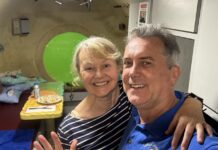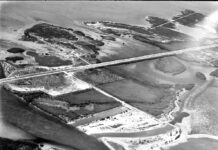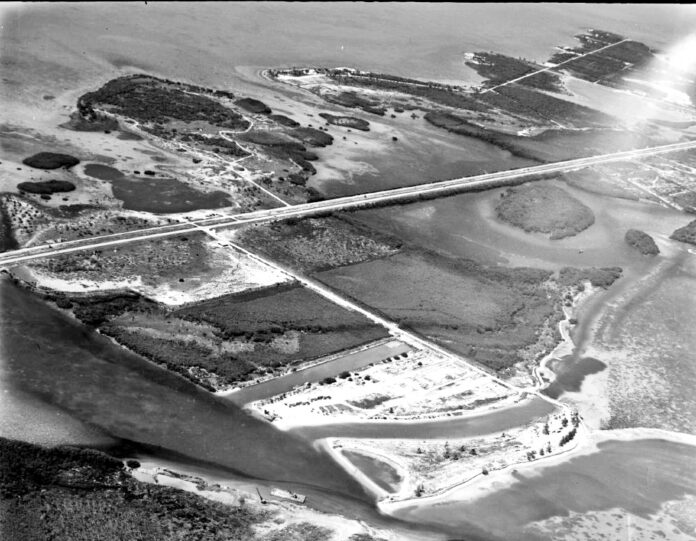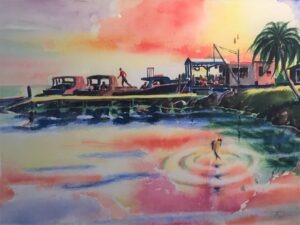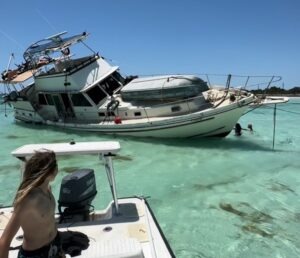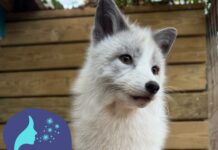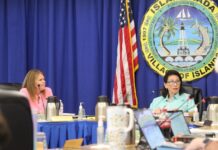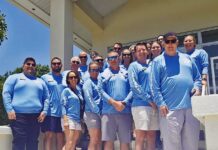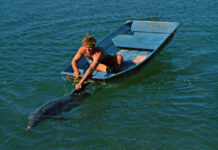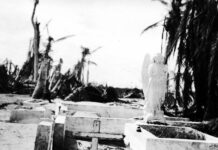According to the Merriam-Webster Dictionary, kraal is defined as “1) an African and especially a southern African village in which a group of dwellings surrounds a livestock enclosure; 2) an enclosure for animals, especially in southern Africa.”
Kraals were used in the Florida Keys to pen turtles. Some can still be seen at the Key West Bight, on the docks at the end of Margaret Street. When turtles were considered a kind of livestock, they were brought to Key West and kept in watery pens until they could be processed. The local cannery operated where Turtle Kraals Restaurant stands today.
Turtle pens were not isolated to Key West. Once upon a time, they were found up and down the island chain. In the Middle Keys, there are a couple of islands that were, allegedly, named for them. They fall under the Marathon umbrella which, like Islamorada, is not a single place but a collection of islands that includes Grassy Key, Crawl Key, Little Crawl Key, Long Pine Key, Fat Deer Key, Deer Key, the East and West Sister’s Islands, Stirrup Key, Key Vaca, Hog Key, Knights Key and Boot Key.
Unlike Islamorada, when you drive through the collection of islands under the Marathon umbrella, it is often difficult to distinguish where one island ends and the next begins. Surprisingly, they are bereft of both bridges, and the green and white road signs that declare each and every island along the rest of the drive.
Grassy Key is an interesting exception. The Tom’s Harbor Channel Bridge almost reaches it, but comes up short. Railroad fill connects the bridge to the island, where a green and white sign announces Grassy Key — technically, the sign marks the fill before the road reaches the island.
Traveling down the Overseas Highway and through Marathon, the distinction between Grassy Key and the next island is difficult to ascertain. One minute you are driving on Grassy Key, and the next you are not. The linking element is a line of railroad fill constructed by the men building the right-of-way for the Key West Extension of Henry Flagler’s train that has since been taken over and disguised by mangroves and other flora.
Crawl Key is the next island, going south/west. Charles Smith’s 1872 official government survey identified it as Kraal Key. Decades later, in a field report written for the U.S. Coast & Geodetic Survey 1935-6, the following can be found: “The name [Crawl Key] is well established and in general use. Authority I (Charles L. Pinder of Key West) gives the spelling as Kraal. Local information states that the name developed from the turtle crawls (storage pens) that were early established here. The name is recommended.”
There will not be a sign announcing the island’s presence. The first real marker is Banana Boulevard. If you take the turn to the oceanside and drive a short distance down the boulevard, you will arrive at Valhalla Island, the future site of Bass Pro’s Johnny Morris’ nature resort. Continue down the highway, and an unmarked road will be on the gulfside. Take it and you will end up at the Monroe County Medical Examiner’s building and no one wants to end up there.
Just ahead is Little Crawl Key. The 1935-6 U.S. Coast & Geodetic Survey offered: “Local authorities sometimes refer to this island as Little Crawl Key or Crawl Key Mangrove as there is little navigation in the area. There is probably no established name and the (first) name is recommended as being as good as any.”
Little Crawl Key is home to Curry Hammock State Park, the largest undeveloped parcel of land between Key Largo and Big Pine Key — thanks to the Curry family. Alfred Bates Curry was born circa 1867 in Spanish Wells, Eleuthera. Like many Bahamians, he left the islands and, in 1885, arrived at the harbor in Key West. The young man worked hard, married, had a single child and grew up to be a significant landowner in the Florida Keys. One of the properties he owned was a large section of Little Crawl Key.
Upon his death, his property holdings were left to his only child, Lamar Louise Curry.
In 1991, the state of Florida acquired 1,112.5 acres from Miss Curry. The land was used for the state park that was named in her honor. She lived a long life and passed away on Dec. 3, 2012, just eight days before her 106th birthday. The park offers camping, hiking, fishing, snorkeling, kayaking and small beaches. When the wind is blowing, it is a popular spot for kiteboarders.
Too often, people are in a hurry to get to Key West or some other destination and miss out on so much of the natural beauty of the Florida Keys. If you have a little time, visit the park and let the ocean breezes brush against your skin.
Just beyond the entrance to the park is Burnt Point Road. It is on the gulfside and marks the location of another one of Marathon’s unmarked islands, Long Point Key. The island was unnamed on the Charles Smith 1872 survey. The 1935-6 U.S. Coast & Geodetic Report stated: “Authority I (Charles L. Pinder of Key West) gives the name Long Point Key and some local authorities call it Burnt Point Key.” Burnt Point Road ends at a remarkable, though private, estate.
Continuing down the Overseas Highway, the road travels over Long Point Key until it reaches, again with no fanfare, Fat Deer Key. Fat Deer Key signals the beginning of what most people visualize when talking about Marathon. When the Great Florida Keys Road Trip returns to Marathon, it will begin at Fat Deer Key, talk a little bit about the coco plum, and then we’ll let the tires roll down Coco Plum Drive.


